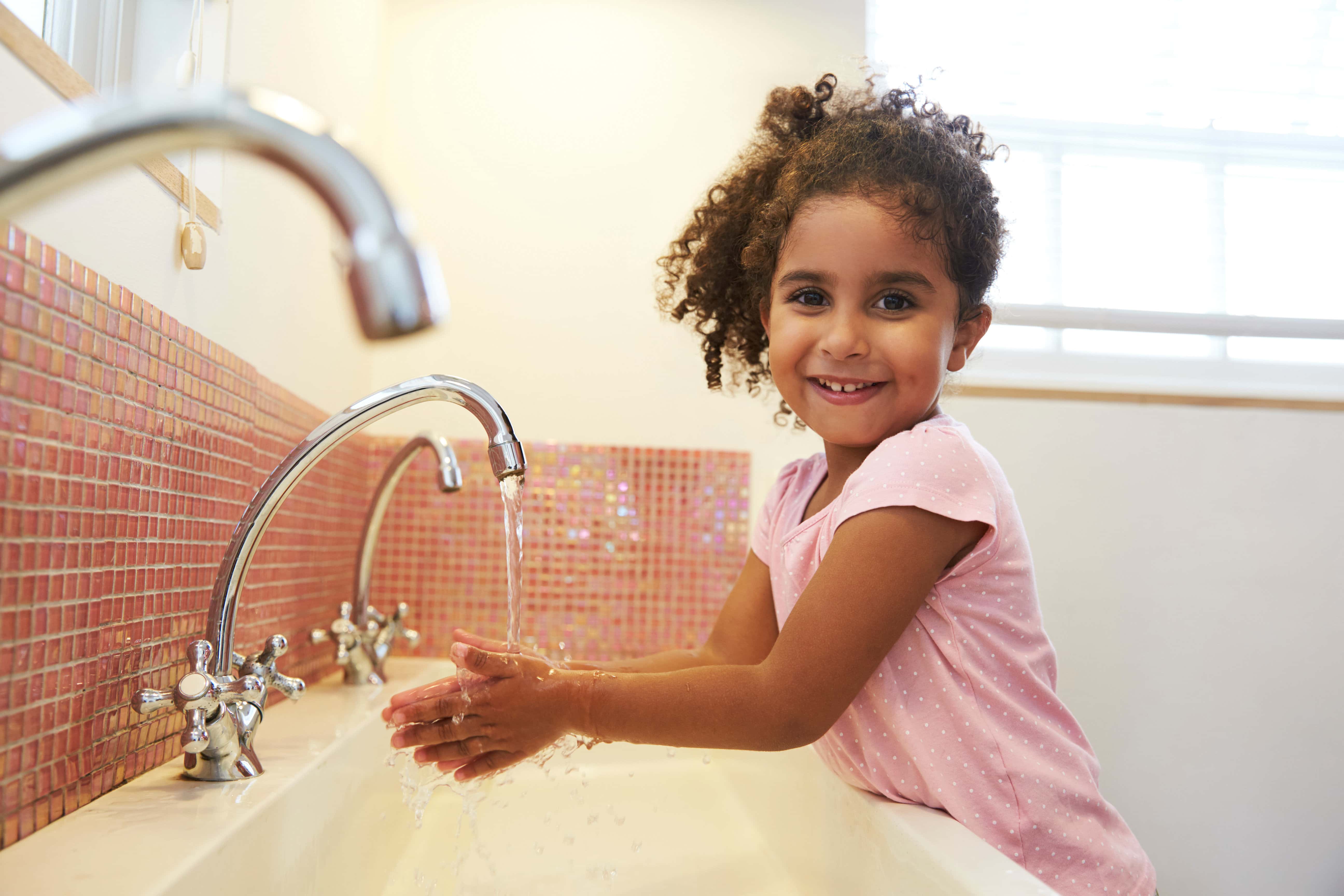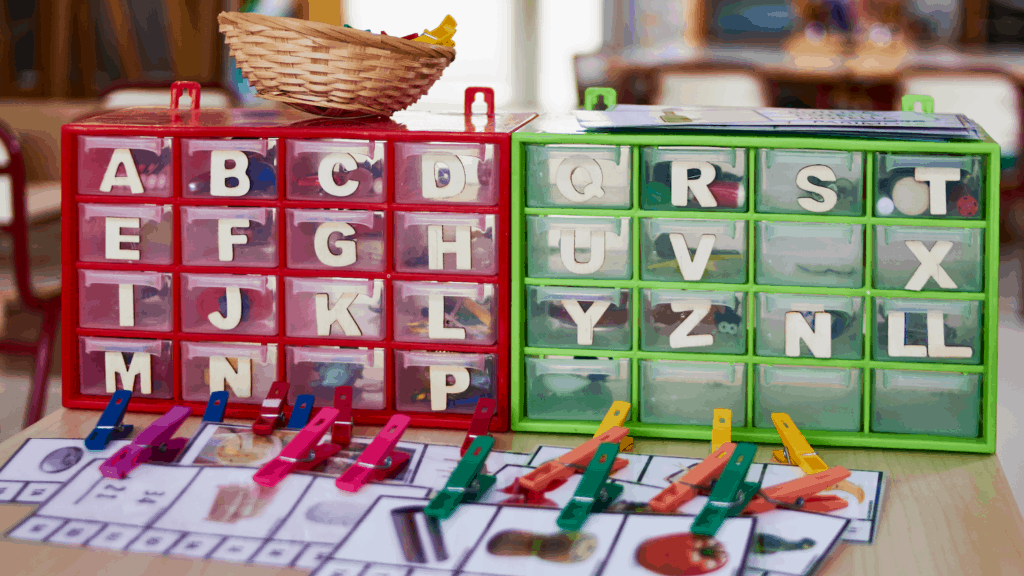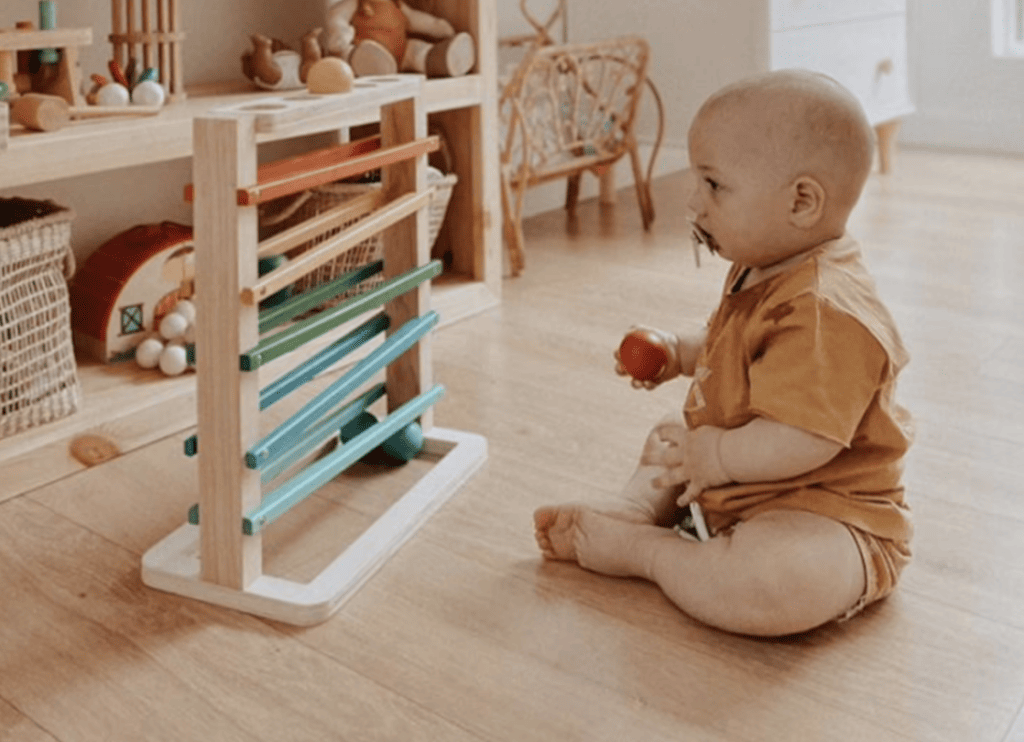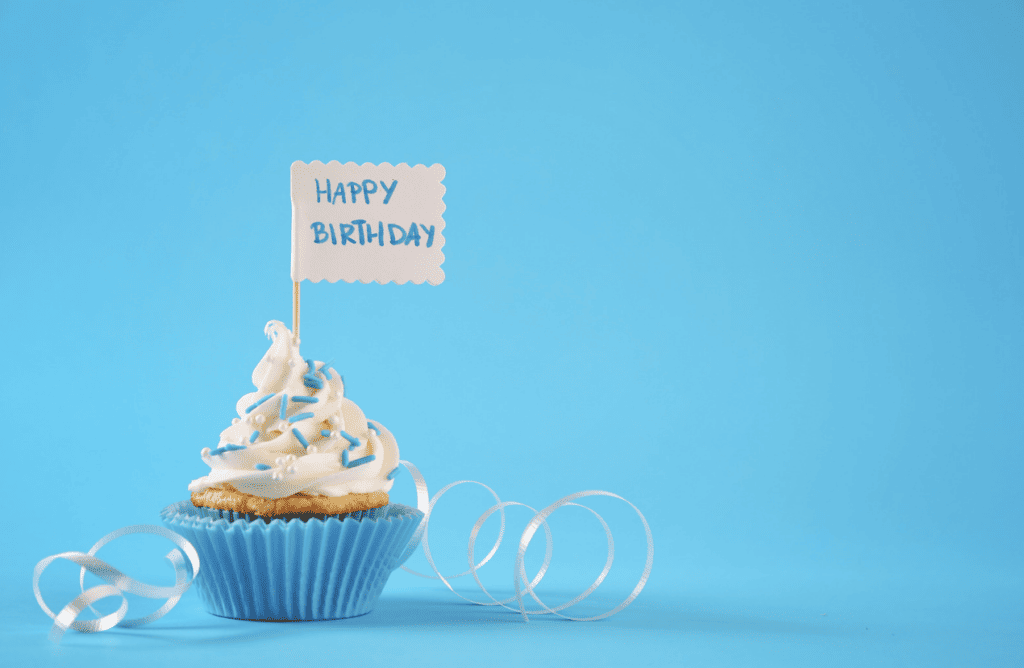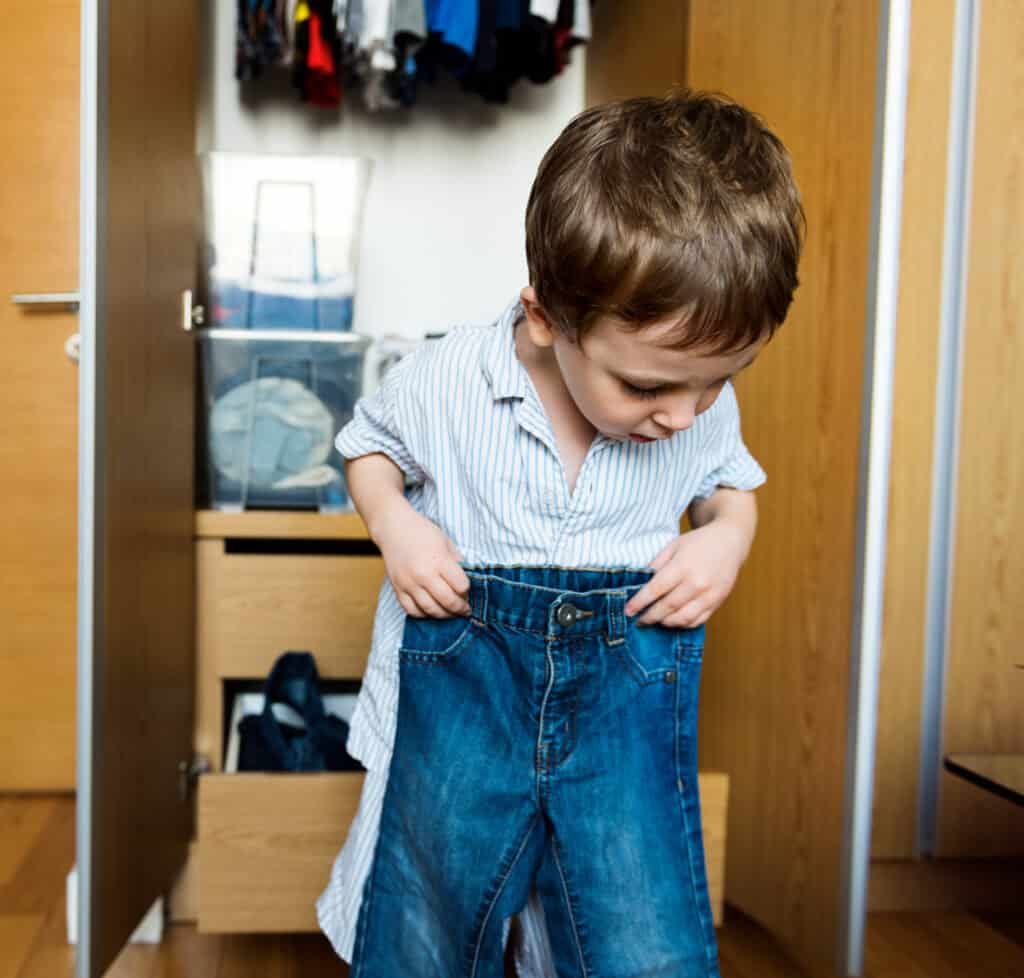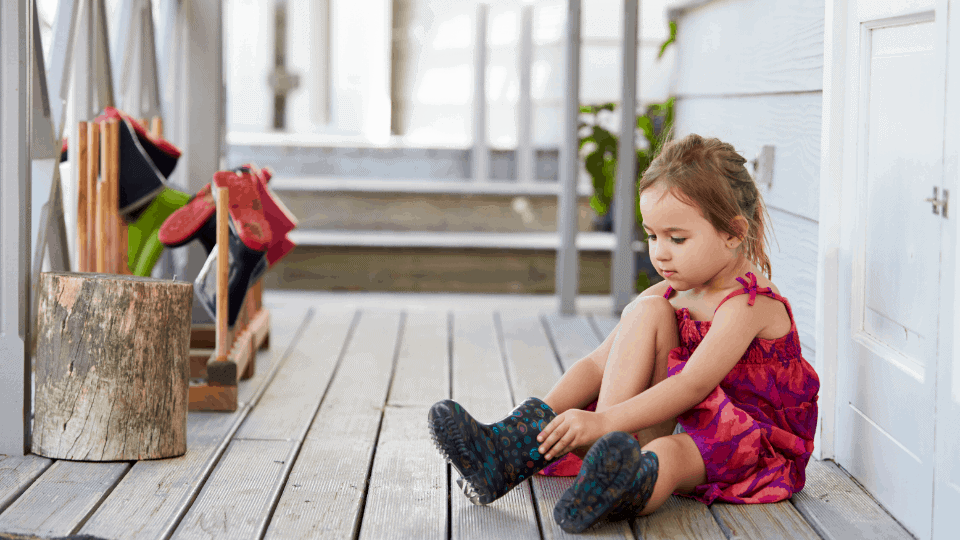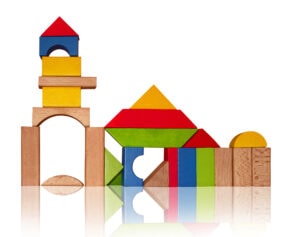
Growing up, you probably had a set of blocks, whether they were wooden, cardboard, or plastic LEGO. In fact, a set of building blocks is probably considered one of the most common and classic childhood toys. But are building blocks considered
The “official” types of blocks used in
Regular wooden building blocks and other building materials are commonly found in
On This Page…
Which Montessori Building Blocks are the Best?
Montessori Block Materials
There are some common wooden block materials used in the
The Pink Tower:
The
Check out our full article for more information on the Pink Tower and its benefits.

Montessori for Today picks out furniture, educational tools, toys and lifestyle items that we think are the best and most exciting, based on independent research and careful consideration. On some occasions we earn revenue (at no additional cost to you) if you click the links and buy the products. But this doesn’t affect what we choose to highlight and we will never let it bias our coverage.
The Brown Stairs:
The Montessori Brown Stairs introduce the concepts of thick and thin and how they relate spacially in a 3-dimensional world. They consist of 10 brown prisms that vary in height, each ascending by 1 cm, but are the same length. When assembled in order, the prisms create what resembles a staircase.
This exercise not only visually demonstrates depth, but it helps to prepare a child’s mind for more advanced mathematical concepts. Because the smallest prism is 1cm in thickness, adding the smallest prism to the top of another will match its height to the prism next to it.

Knobbed Cylinder Blocks:
The

The Red Rods:
The

Best Montessori Building Blocks
Though the following are not “official”
“When a child is tirelessly trying to make patterns with his blocks simply because he is interested, there is no need for outside discipline, the child is disciplining himself.”
-MariaMontessori [Source]
However, some building blocks are better than others. The Melissa and Doug building blocks are considered some of the best building blocks by parents and are consistently the highest-rated. There are sets available in unpainted natural wood as well as colorfully painted ones.
Another popular type of building blocks used by many
Also popular in the

There is some debate whether or not a wooden rainbow stacker is considered a
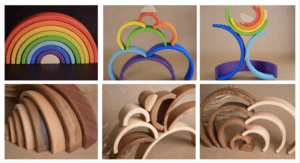
LEGO blocks have been popular for years. Many people might write them off from their
Building with LEGO helps strengthen fine motor skills, such as children’s pincer grasp, and also helps develop problem-solving skills.

What Skills Do Montessori Building Blocks Improve?
The reason why teachers and parents who use the
- Social Skills
- Fine Motor Skills
- Creative Skills
- Spacial Reasoning Skills
- Literacy and Language Skills
- Concentration Skills
Social Skills
Building blocks teach children social skills because when playing with building blocks, children can play with others. Although
Oftentimes, children want their parents to play with building blocks with them. However, they often don’t know how to ask and don’t know how to play with others. This leads to blocks being thrown at faces and tantrums. Over time, if children use building blocks, they will get better at sharing and asking for you to play with them.
Fine Motor Skills
Montessori building blocks help children improve their fine motor skills. To pick up and stack building blocks takes skills when it is done by a child. The building blocks also help children improve their grip strength and learn how to balance items on top of other items. Building blocks are easily stackable and large enough that they are easy to grab and hold.
Creative Skills
Building blocks help children improve their creative skills. Many building blocks make the shape of a house when stacked together correctly. Even when the building blocks are square, they promote children to use and improve their creativity. They often don’t have a template or instructions to follow when using building blocks, so they can do whatever their imagination thinks of.
Spatial Reasoning and Language Skills
Montessori building blocks improve a child’s spatial reasoning skills because they have to think of how the blocks will fit together. If the blocks are placed in a way that is not balanced, they will fall. The child has to figure out what placements will cause the blocks to fall and which ones will stay balanced.
When it comes to Language and Literacy skills, building blocks help children learn because they often want to describe what they have built. They often describe the buildings in great detail. However, if they don’t have the language skills, they can’t describe what they have built and get frustrated. As they learn more language skills and use building blocks, they will become better at describing what they have built and become frustrated less often.
Concentration Skills
When children use building blocks, they have to concentrate so the blocks don’t fall over. If they play with building blocks repeatedly, they build their concentration skills. The longer they play with building blocks without a break, the longer they will be able to concentrate. However, it takes time to build their concentration skills, so don’t be surprised if your child loses interest in their building blocks after a few minutes.






